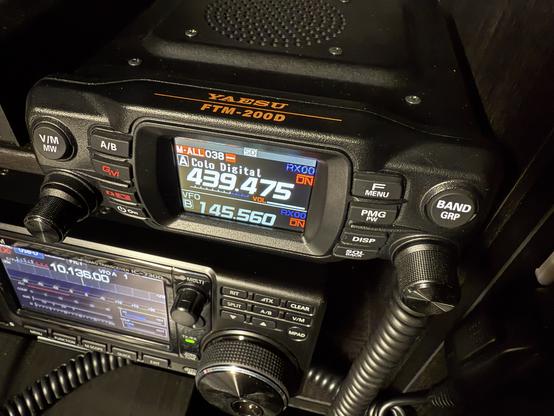While I understand the concepts of it all, I think I need to find a local Elmer to learn the details of all the C4FM / Fusion / WIRES-X / blah blah blah stuff, since it seems like fun to tinker with.
@croyle smartly didn't sign-up for that job when he sold me the FTM-200D. If he had, he'd be begging me to send the radio back for a refund by now. 😂
